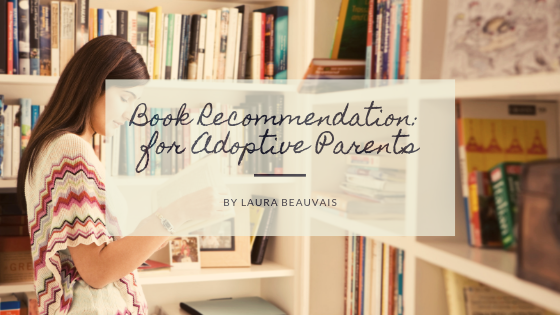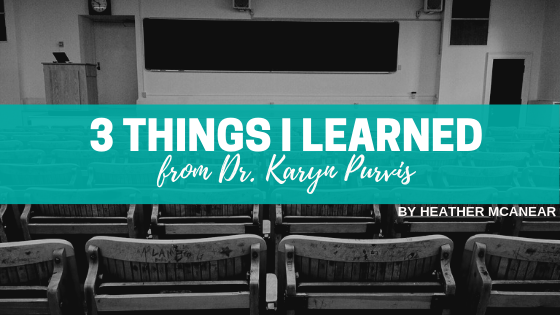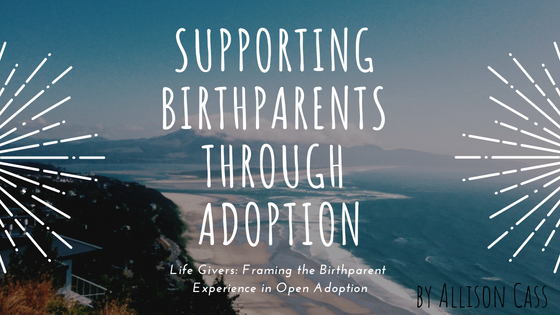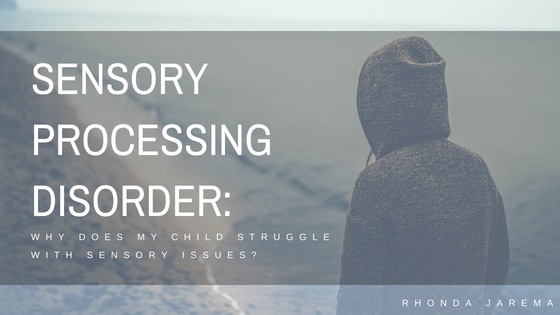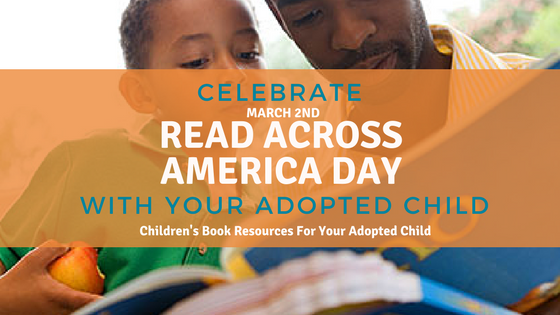I was so excited when I heard Brittany Salmon share about her new book, It Takes More Than Love: A Christian Guide to Navigating the Complexities of Cross-Cultural Adoptions. As an adoptive parent and an adoption professional, this resource has been so needed. The author, Brittany, speaks from the hard-earned wisdom she has gained […]





